Causes Symptoms Diagnostics Treatment Our advantages Costs for the treatment
 Ptosis is called drooping of the upper eyelid due to various factors, which is divided by degrees: from subtle to full closure of the eyeslit. Ptosis is common in adults and in children.
Ptosis is called drooping of the upper eyelid due to various factors, which is divided by degrees: from subtle to full closure of the eyeslit. Ptosis is common in adults and in children.
Causes
Causes of ptosis can be congenital or acquired.
Congenital ptosis is caused by underdevelopment of the muscle that raises the upper eyelid (levator), or a breach of its innervation. This happens due to inherited genetic pathologies or abnormalities in pregnancy and childbirth. In the congenital nature of the ptosis, as a rule, there are also other anomalies of the eye: anisometropia, strabismus, amblyopia, etc.
Acquired ptosis can be subdivided depending on the reasons that caused it:
Aponeurotic ptosis. It is caused by the weakening or stretching of the aponeurosis of the muscle responsible for lifting the upper eyelid. This includes senile (involutional) ptosis - a condition of natural aging process; ptosis developed after ophthalmic surgery or traumatic lesions of the levator aponeurosis.
Neurogenic ptosis. Its cause is damage of the nervous system if there are any injuries or diseases (multiple sclerosis, stroke and others). Ptosis often occurs, for example, due to paralysis of the cervical sympathetic nerve, because in the eyelid lift is involved the muscle, which is innervated by the sympathetic nerve. In this case, with the eyelid drooping simultaneously can be observed retraction of the eyeball (enophthalmos), and constriction of the pupil (miosis). Such a symptom-complex is called Horner's syndrome.
Mechanical ptosis. This condition is typical for the deformation of the eyelid with scars, foreign bodies, ruptures.
Apparent or false ptosis. It is observed when excess of the skin folds of the upper eyelid (blepharochalasis), strabismus, hypotonia of the eye.
Localization of the ptosis can be single and duplex. On the severity, ptosis is divided into:
- Partial, when the edge of the upper eyelid covers the upper third of the pupil.
- Incomplete, if the edge of the upper eyelid is located in the middle of the pupil.
- Full, with full closure of the pupil by the upper eyelid.
The symptoms of ptosis
Ptosis – the defect which is not purely cosmetic. It often leads to reduction or complete lack of motility of the upper eyelid. The upper eyelid hangs down, mechanically obstructs vision, which causes raised eyebrows position that becomes habitual. Severe cases of ptosis, especially in children, provoke involuntary head position when it is raised, and the forehead is wrinkled. Ptosis in children obstructs adequate development of the visual analyzer, which contributes to the appearance of amblyopia (lazy eye), strabismus, causes constriction of the visual fields. Ptosis, depending on its severity, causes varying degrees of visual impairment.Other manifestations of ptosis are: eye irritation, fast tiredness due to constant muscle tension, double vision. In case of ptosis, accompanied by inability to close the eye completely, present symptoms of dry eye, you experience chronic conjunctivitis or keratitis.
Rare forms of ptosis have other symptomatology. For example, the Markus Gunn syndrome is characterized by complete disappearance of ptosis when opening the mouth, chewing, strong compression of the jaws.
Diagnostics
Diagnostics of ptosis is based on detecting the causes of this condition. It is important to distinguish congenital from acquired kind, as this determines the approach to its treatment. Congenital ptosis is often accompanied by paresis of the superior rectus extraocular muscle, hardly with epicanthus (a fold that covers the inner corner of the eye). Collecting the anamnesis, it is necessary to find out if there are cases of ptosis or other congenital abnormalities of the organ of vision in the family.
Ophthalmic examination in the diagnostics of ptosis, is designed to evaluate the location of the upper eyelid regarding to the pupil, the motility of the eyelid, presence of skin fold and its size. Also, the symmetry of the eyes is assessed as well as completeness of eye movements, possibility of moving the eyebrows. Then standard ophthalmic examination: visual acuity testing, intraocular pressure measurement, inspection of all areas of the eye. If the need arises, the instrumental methods of examination are used: magnetic resonance tomography (if suspected brain tumors, multiple sclerosis, hematomas, etc.). When the cause of the ptosis is injury, x-rays or computed tomography of the eye orbit usually is performed.
In most cases, a consultation of a neurologist is prescribed.
Treatment of ptosis
 As a rule, the treatment of ptosis is performed by surgical methods. As a temporary measure in children to prevent development of amblyopia and strabismus, the upper eyelid is lifted by the adhesive tape during the day, up to the time of the surgery.
As a rule, the treatment of ptosis is performed by surgical methods. As a temporary measure in children to prevent development of amblyopia and strabismus, the upper eyelid is lifted by the adhesive tape during the day, up to the time of the surgery.
In neurogenic ptosis, primary disease is the subject of treatment, locally are administered: UHF therapy, paraffin therapy, galvanization. But if there is no effect, surgery correction is recommended.
Congenital ptosis is treated by surgical shortening of the upper eyelid lifting muscle. In acquired ptosis - the shortening of the stretched aponeurosis of this muscle.
Within 3-5 days after surgery the stitches are removed. As a rule, the result of surgical treatment is very favorable and the effect usually lasts for life.
You need to understand that the ptosis is not only a cosmetic defect, but also cause many complications. For example, in children it is a risk factor for strabismus and amblyopia. In adults prolonged ptosis also causes the decline of visual functions. Suddenly developed ptosis may be a signal of having certain diseases, so even the appearance of moderate asymmetry of the eyelids, should be a reason to get a consultation with an ophthalmologist. For children with ptosis it is very important to perform surgical treatment.
Our advantages
Moscow Eye Clinic offers comprehensive diagnostics and effective treatment of various eye diseases. The most modern equipment and high professional level of our specialists preclude diagnostic errors.
According to examination results every patient will be provided with recommendations on choosing the most effective treatment method of diagnosed eye conditions. Turning to Moscow Eye Clinic you can be sure of a swift and accurate diagnostics and effective treatment.

Prices for treatment of ptosis
The cost of ptosis removal surgery starts from 30 000 rubles (for 1 eye). The final cost of ptosis treatment in Moscow Eye Clinic is calculated individually and depends on the amount of performed therapeutic and diagnostic procedures. You can clarify the cost of a procedure by calling 8 (800) 777-38 81 and (499) 322-36-36 or online using the appropriate form on our site, you can also read the section "Prices".


 Semenovskaya
Semenovskaya 










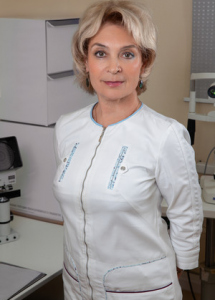

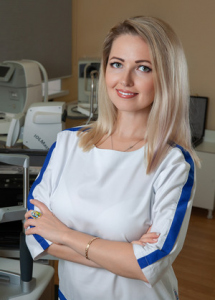

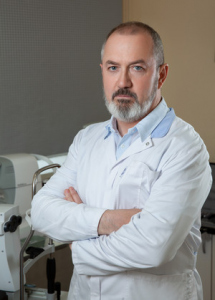
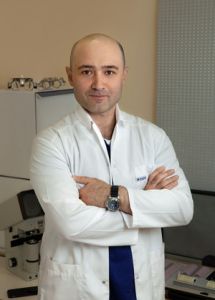

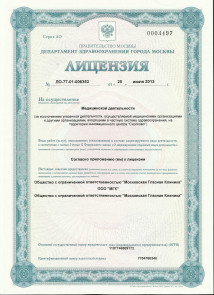
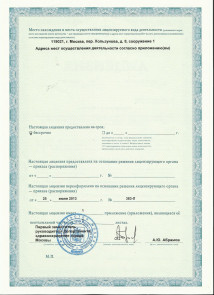
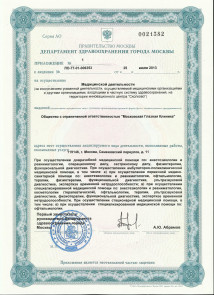
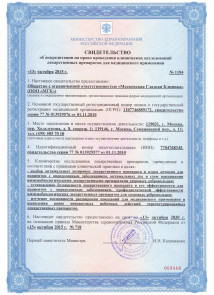
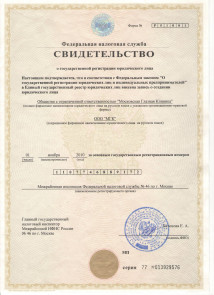
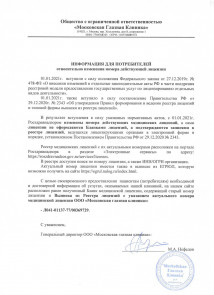

_214x295_ead.jpg)